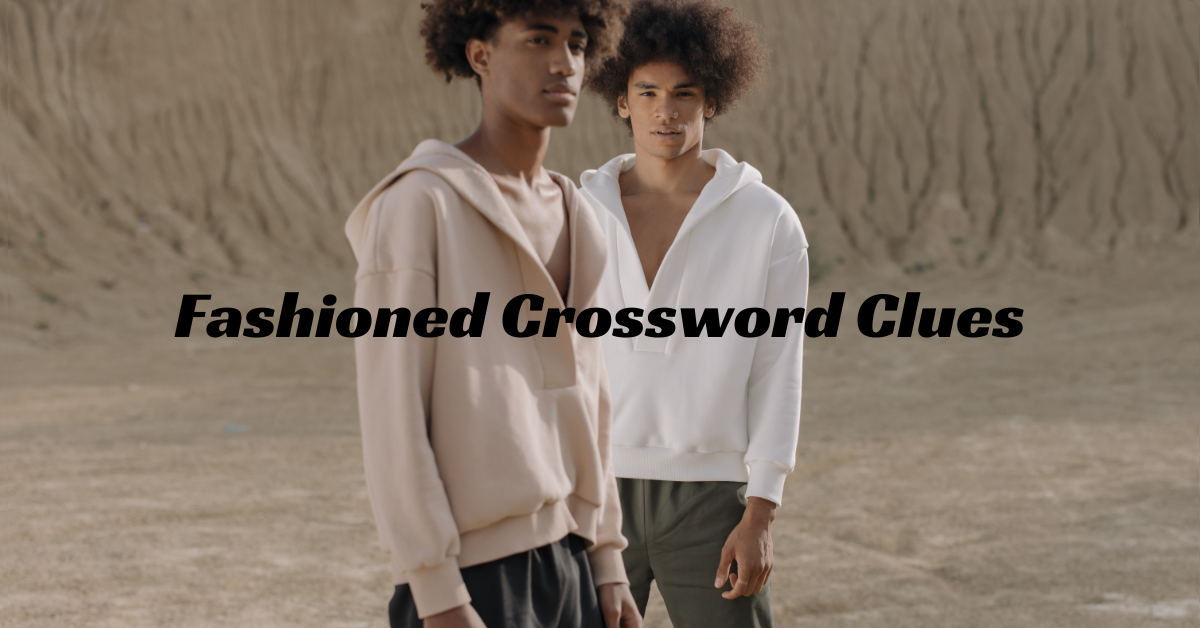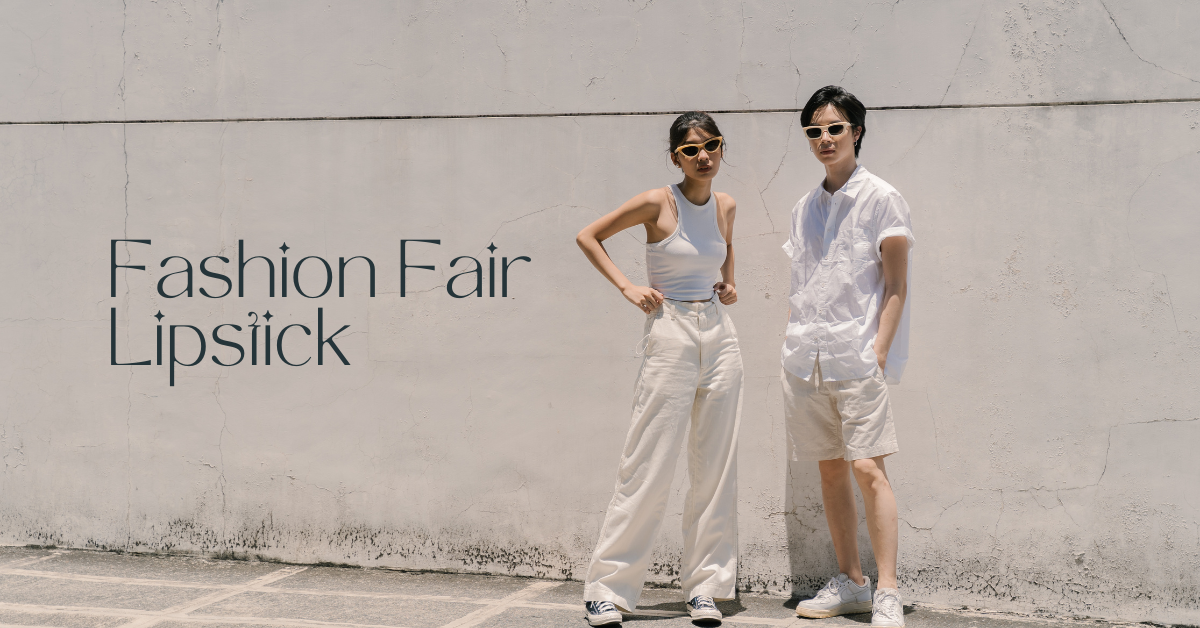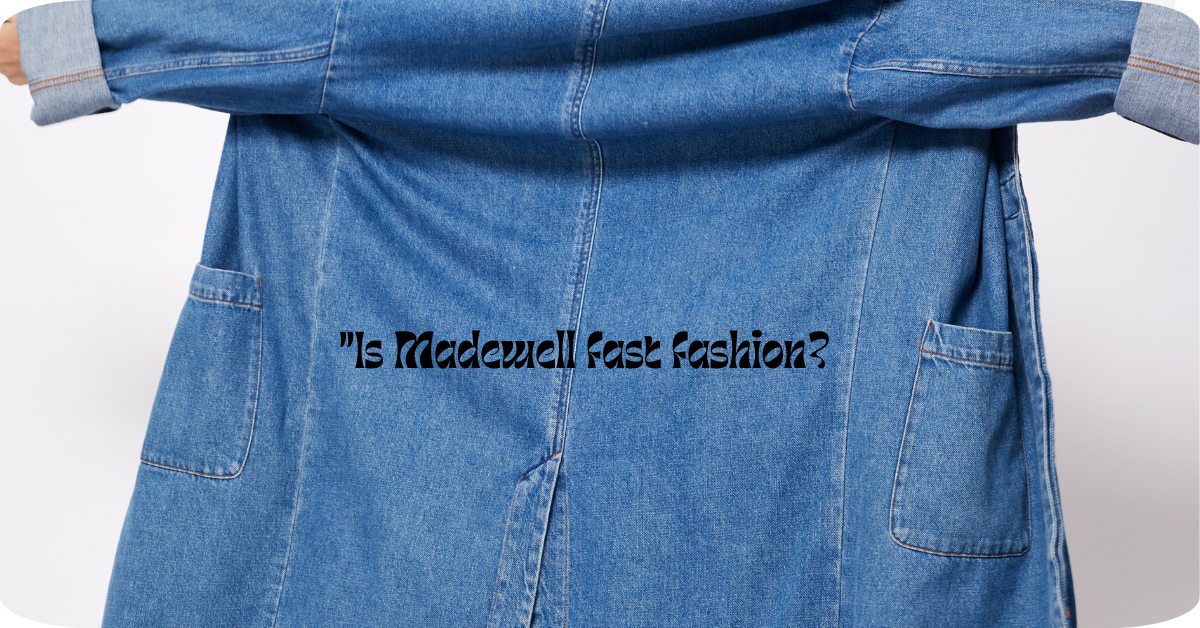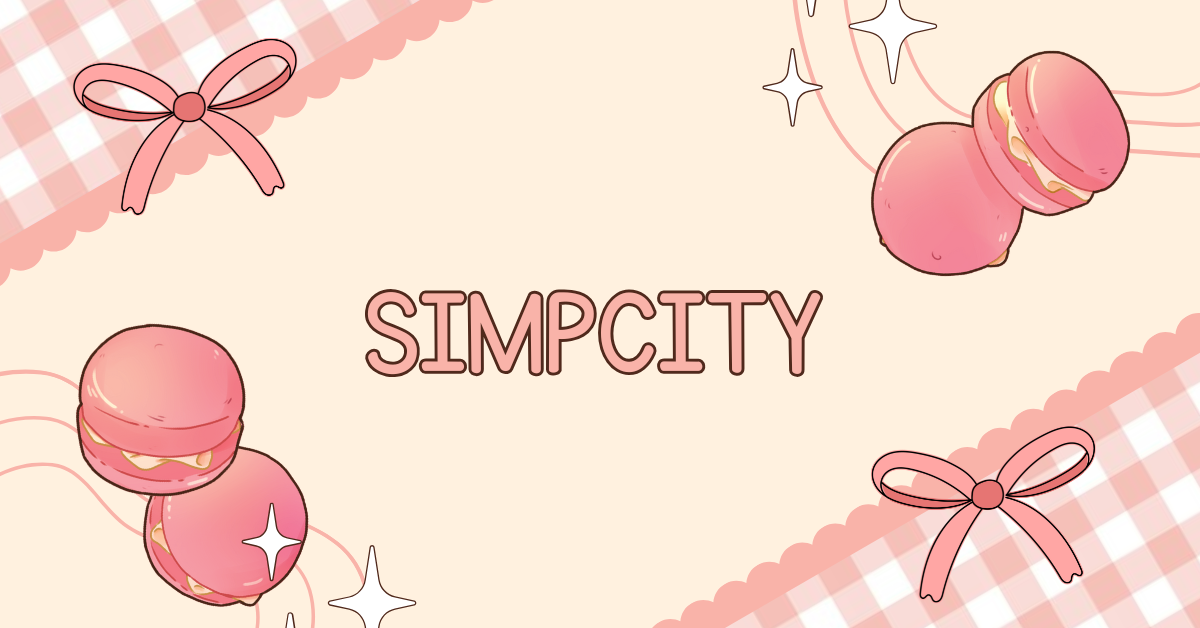INTRODUCTION:
OLD Money Fashion:
Luxury fashion conveys a lifestyle founded in sophistication, ancestry, and subtlety. In contrast to trends that come and go, old money fashion is consistent. It doesn’t get noticed. It only exudes class, tradition, and the wealth of one generation transferred to another.
The Fundamentals of Old Money Fashion
Old money fashion doesn’t sell out to logos or ostentatious brands; it consists of old pieces, well-tailored cuts, and neutral colors. In the core of this sub-genre lies subtlety. Every outfit speaks volumes about the individual from its simplicity. A cashmere sweater, white buttoned shirt, form-tailored wool trousers-all of these things make that simple, clean, and undemanding chic appearance.
What defines old money fashion is investment wardrobe staples. Such items will last years, both in fashion and quality. Wealth, in this case, will show on the fabric and fit rather than through ‘gimmicky designs’ or loud branding.
Old Money Fashion vs New Money Style
Old money fashion and new money style are diametric opposites. While a new money type of person prefers enormous logos, gigantic accessories, and loud clothing, an old money type is the one who really believes in quiet luxury. Old money fashion evades street-chic because of its quiet understatement, avoiding those too trendy or flashy or ostentatious.
Old money fashion really is: “less is more.” Think of nice neutral palettes, textured goods that are high quality, and ever-timeless silhouettes. A perfect representation of this fashion philosophy is linen blouses, houndstooth jackets, and trench coats.
Salient Particulars to Define Old Money Fashion
Deeply following the old money fashion calls that one potent along with knowing its back-to-back core components:- Tailoring- every piece must fit right; be it a blazer or that of a dress, tailoring adds beauty.
Natural Fabrics- Wool, cotton, silk, and linen dominate the old money style.
Neutral Colors- Beige, ivory, navy, grey, black, and olive are essentials here.
Classic Accessories- Pearl earrings, leather belts, and vintage clocks indicate that they have subtlety in wealth.
Minimal Branding- Very little or no logos.
Nothing draws true old money fashion like restraint. This style is ageless and essentially rejects fast fashion. Quality craftsmanship is embraced in it.
Old Money Fashion Icons Worth Noticing
Wondering who these old money fashion icons are? These characters across history and popular culture exhibit fashion in a much understated manner, with elegance that symbolizes their social standing.
Grace Kelly (the Princess of Monaco) represented the quintessence of old money fashion. Her wardrobe consisted of classic gowns, impeccably tailored suits, and elegant accessories.
Jackie Kennedy: An icon of old money fashion characterized by chic suits, pillbox hats, and lofty taste.
Diana: Never one to miss a chance to demonstrate her royal status, she often “dressed down” old money fashion in knits, blazers, and loafers.
Ralph Lauren, himself not “old money,” moves in and out of that axis with a wink; Polo shirts, tweeds, and classics come right out of that inspiration of old money fashion.
The Old Money Fashion for Man
Old Money Fashion Women avoid bright colors and the latest cuts.pencil skirts.
They invest only in those silhouettes that never go out of fashion.
Knit Sweaters: Worn over collared shirts or tied over shoulders.
Pencil Skirts: Always just the right length, perfectly tailored.
Silk Blouses: In neutral tones, neck-high collars, or with few subtle buttons.
TrenchCoats: There is no other piece of outerwear like a beige or khaki trench coat.
Mid-Heel Pumps: Timeless and elegant in their comfort.
Accessories are scanty for women devoid of money ethnicity. Monocles and flamboyant bluish leather bags are available within heirloom rings. Nothing should look over shiny or new; slightly aged ones add to the authenticity of the look.
Old money Fashion for men basically means poised nonchalance.
Its mainstays are tailored suits, fitted trousers, and some subtle layering. Button-down shirts are favored (in pastel blue, white, or striped); from wool blazers in navy or tweed and houndstooth patterns, khaki trousers, or chinos pressed and fitted and often worn with loafers; to cable knit sweaters that are layered over a button-down shirt or casually draped on the shoulders; cotton trousers and comfortable shoes like loafers, blurred penny loafers and brogues; everything standard and polished when it comes to footwear.
Old money Fashion stratification in the contemporary world
While everything keeps changing in this boundless digital world, where each day has its own trend, old-money fashion seems to stand still – that is its power. As more influencers, stylists, and fashion houses have embraced this signature, it now appears endless. Everywhere, from TikTok to Instagram, you’ll find “old money” fashion challenges and tutorials showing how to curate clean, sophisticated wardrobes.
More than just an outfit, this makes a way of life that communicates onese’s values in discretion, humility, and class. This even at a time when fashion screams through social media, quiet old money fashion endures among those who find subtlety in elegance.
Though many people assume that acquiring old-money fashion would necessitate extravagant spending, in fact, you can actually grab the look without costing you thousands of dollars. Here are your key focuses:
Thrift and Vintage Shops: These are usually all about timeless pieces.
Chic Basics: Start with a few good essentials that are in neutral colors.
Tailoring: Even an ordinary-looking jacket would look expensive when it is tailored.
Building an Old Money Fashion Wardrobe on a Budget
Quality over Quantity: Having less clothing that is all of high quality speaks more than a fast-fashion closet.
Old money is a lot about how you wear something; it’s all about posture, confidence, and grooming that make up the whole package.
Past Seasonal Old Money Fashion Staples
Old money fashion flows from one season to another, adapting, but never losing its touch of elegance.
Spring
Light Trench Coats
Linen Trousers
Pastel Sweaters
Summer
Which have White Button Downs
Tailored shorts
Boat shoes and sunglasses.
Autumn:
Tweed Blazers
Corduroy trousers
Cashmere scarves
Winter:
Wool coats
Leather gloves
Turtleneck and classic boots
Different seasons give us opportunities to layer and play with textures, yet still be kept elegantly cohesive and refined looking.
The Color Palette of Old Money Fashion
Choosing the right colors plays a very important role in this style of dressing. Bright and neon colors are out. Instead, think neutrals or subdued shades:
Beige
Navy
Olive
Maroon
White
Camel
Cream
The aim is to achieve such immaculate harmony as well as subdued elegance. These colors blend perfectly from which layering can easily be done and which remain timeless.
They tend to speak to us using these common paradigms. Not only was “old money” fashion confined to outer appearances; it had its own unspoken rules:
No Overdressing: Subtle elegance is always better.
Polished Footwear: Shoes are always well-kept and polished.
Classic Hair and Makeup: Crisp grooming, without bold trends, ever.
Proper Posture: Important is how one carries himself.
Manners: Style should reflect inner sophistication.
With old money style, you also automatically adapt old money comportment.
Old-Money Fafhion.
Old money is more than about how it looks; it comes with its own unwritten rules:
No Overdressing-it is always better to be understated and elegant.
Polished Footwear-Shoes should be clean and kept up very well.
Classic Hair and Makeup-Nothing bold, just crisp grooming.
Proper Posture: Important is how one carries himself.
Manners-Style should be inner-class.
Old money means wearing such fashion along with that behavior.
Old Money Fashion for Different Occasions Business Meetings Men:
Navy suits, silk ties, and oxford shoes.
For women: Tailored pantsuits, modest blouses, minimal jewelry.
For Casual Outing Men: Chinos, loafers, button-ups.
Women: Midi skirts, cashmere cardigans, and ballet flats.
Evening Events: Tuxedos or double-breasted suits for men. Women: Gowns in black or jewel tones, pearls, elegant clutches.
Travel Attire
Men: Blazers, turtlenecks, and leather shoes
Women: Trench coats, silk scarves, and soft knits.
Above all, every outfit must feel relaxed and conjure up the aura of understated confidence.
Old Money Fashion Brands Worth Looking Into
While avoiding logos, some brands seem pretty closely attached to the old money fashion style:
Ralph Lauren (Purple Label)
Brooks Brothers
Burberry
Hermès (subtle pieces)
Loro Piana
Max Mara
Church’s
Chanel (timeless bags or blazers)
Jil Sander.
Such brands are concentrating on, above all, craftsmanship and fit, as well as a style that goes over time. One article of clothing from these names is enough to enhance your entire wardrobe.
“”Old Money Fashion Brands Worth Considering” While logos avoided, some brands are pretty intimately tied to the old money aesthetic as well: Ralph Lauren (Purple Label) Brooks Brothers Burberry Hermès (subtle pieces) Loro Piana Max Mara Church’s Chanel (timeless bags or blazers) Jil Sander. These brands are all about craft, fit, and that style that goes on forever. One article from these names is enough to turn around the entire wardrobe.”
Grooming in Old Money Fashion
Including hair, nails, and skin. Neat and tidy grooming is certainly one of the aspects of the old money lifestyle. Women can wear light makeup with soft waves or even sleek buns whereas men can either groom themselves to a clean shave or a trimmed beard. Skincare takes precedence over heavy makeup or even heavier colognes.
Old Money Fashion Accessories
Accessories have to be chosen carefully. Less is really more:
Leather handbags
Gold or pearl studs
Thin belts
Silk Neck scarves
Timepieces that are not pretty much understated
Sunglasses should be classic. No oversized logos or mirrored lenses. Stick to Wayfarers or tortoiseshell frames. Each piece should look inherited, not purchased recently.
Old Money Fashion for Digital Times
Old money fashion even finds its way now into all the noise created with influencers and rapidly viral trends. It is timeless, unlike fast fashion, which gives one a pause. Creators such as those on YouTube and TikTok are now showcasing “capsule wardrobe” based on the old money style – less variety with better quality for a more sophisticated personal, consistent style.
More recent is the angle toward sustainability; hence, old money attire serves that purpose. Viable, environmentally sensitive choices are made by investing more into fewer yet finer pieces. Financial intelligence and a long-term perspective revealed through this behavior, also, will certainly echo values synonymous with the old-money mind-set.
FAQs Old Money Fashion: All Your Questions Answered
1. What is old money fashion all about?
Old money fashion describes a style that is, by contemporary standards, eternal, elegant, and understated. It is tied to inherited wealth and aristocratic ancestry. It is about quality over quantity, understated tailoring over flamboyant statements, and neutral tones over vibrant prints. This fashion sense has been handed down through generations, shaped by classic European dressing, Ivy League aesthetics, and other heritage traditions. There are no visible labels and no flash—just understated signs of wealth: the quality of the fabric, the clean cut, and the way it all comes together.
2. How are old money styles different from merely luxury fashion?
Old money is never flashy; it would rather avoid all branding and anything to do with the present day. Luxury might mean ostentatious branding… bold letters plastered upon the big willows, aspirational ‘next’ things on a seasonal basis. The difference lies in that old-money fashion would buy a small number of select pieces intended to be kept for decades without betraying any of their outward signs. Loud luxury, convenience, glamour; old money, grounded in tradition yet veiled in restraint.
3.Can one adorn oneself with old-money attire without having the blessing of generational wealth?
Of course! Old money is a state of mind, not an income bracket. It can easily be imitated by neutral tones, timeless silhouettes, and high-quality fit. Vintage shopping, professional tailoring, and natural fibers-cottons, wools, and linens-would round out a truly budget-conscious old-money wardrobe. The essential attitude is one of an elegant refinement; it has nothing to do with the bank account.
4. What are staples in an old money fashion wardrobe?
Famous names in the staples department include: a tailored navy blazer; high-waisted trousers; cashmere sweater; white button-down shirt; shoes like loafers or brogues; trench coat; silk scarf; structured bag or leather watch-these are but the core of old money into all of those pieces of old money can mix and match. Midi skirts, pearl necklaces, and discreet heels are essential for every woman. And every man would love to have at least one Oxford shirt, one carefully tailored coat, and maybe one tweed jacket in their collection.
5. Old money clothes: what’s their place in modernity?
Indeed. More than ever, perhaps, the world is engulfed in fast fashion, where everything revolves around a trend, the larger-than-life spectacle, and the latest exciting frenzy. There is now old money, which probably cuts across all demographics and where most younger generations are seen moving with the “quiet luxury” wave. Influencers and celebrities today resurrect this retro-styled concept through showing that elegance never really possesses an expiration date.
6. How to start building an old money fashion wardrobe without breaking the bank?
Start with some fundamental basics, neutral colors in classically cut pieces. Visit thrift stores, consignment boutiques, and vintage shops around town to discover hidden gems. Focus on quality materials and tailor the pieces, spending some more on the tailoring to get into that perfect fit. Put together a smaller-sized collection that combines many versatile pieces that can be dressed up and down for multiple occasions. steer clear from impulsively buying and rather focus on buying clothing that will retain their physical-and stylistic values with time.
7. What should old money colors look like?
Navy blue, beige, cream, olive green, ivory, grey, camel, and black are the standard color combinations. It’s precisely what puts an old money wardrobe together as soft, easy to mix, and ageless-all hues that underlie their sophistication. An old money fashion wardrobe will not reflect colors that shine or glow like neon lights. Even in the summer, if pastels such as dove pink, baby blue, and lavender offer lighter tints than bright colors, they are favorably favored.
8. Grooming Ism is part of the lifestyle of old money fashion?
Yes, grooming is vital. Hair is combed, nails are clean, makeup is really light, and shoes are always shining. Old money fashion speaks of a more extensive lifestyle about care, discipline, and presentation. It is only through such grooming that the elegant clothing is completed and leaves behind an image of quiet wealth and standing.
9. Which brands qualify as old money fashion brands?
Indeed, some brands symbolize old money fashion. These include brands like Ralph Lauren (especially the Purple Label), Brooks Brothers, Max Mara, Loro Piana, Hermès (for its nuanced pieces), Chanel (mainly for the vintage), Brunello Cucinelli, Jil Sander, and Burberry. These labels are familiar for classic high-quality garments, which define the values of old money fashion like elegance, restraint, and craftsmanship.
10. Can one follow old money fashion while being trendy?
Yes, it can be done, but with balance. The best thing to do here is to add subtle modern elements while keeping the classic basis of old money. So, you know, wear a trendier silhouette in timeless color, or pair a more modern accessory with an otherwise classic outfit. The idea is to adapt but without losing that mark of refinement and sophistication that defines old money.
11. What is the reason behind this sporadic Spurt in Old Money fashion?
The revitalization owes its inception to a cultural paradigm switching both toward sensible and sustainable living: the antithesis of excessive consumption of fast fashion, investing instead into fewer, better-quality items. It underwomanly speaks towards the movement of ‘quiet luxury’ under which the wealthy would rather avoid ostentation in their displays in favor of understated elegance. Pop culture, with the likes of Succession, Gossip Girls, and Bridgerton, has further fueled such re-emergences.
12. What accessories go well with old money fashion?
The idea is to think classic rather than trendy: good pearls, fine leather belts, vintage watches, fine silk scarves, tortoise-shell sunglasses, and simple gold or silver jewelry are great picks. The structures must be handbags with quality leather, while shoes must always be clean, polished, and classic like loafers, brogues, or ballet flats. Avoid bright and huge hardware with large oversized logos, or anything that looks synthetic.
13. Does old money fashion apply to everyday dressing or is it applicable only on formal occasions?
Old money dressing is meant for everyday life. It can bring itself into every occasion from casual brunches to work meetings, night events, to weekends in the country. Its very elegance is simplicity itself: a button-down shirt with chinos or a midi dress with loafers could pass as effortlessly chic within almost any context. Old money dressing is hardly confounding to fine dining or formal events; it is the polish that can make every day a little more elevated.
14. How can I tell if I’m overdoing the old money fashion?
If it feels much like a costume or particular form of outfit which seems pathological in its coordination, then you might have overdone it. The secret is in natural refinement. Old money fashion looks unforced. They should work well together but not look as if you tried too hard. Match too many textures or colors and minimize your accessories. Remember, in addition to the clothes, confidence, grace, and comfort are as much part of the ensemble.
15. What is the importance of body language in old money fashion?
Posture, poise, and calm body language do wonders for the traditional money aesthetic. The person slouches while dressed or does not possess a grace while moving, thus removing the overall impact of what they wear. Carrying oneself with quiet confidence, a soft tone of voice, and measured gestures complements the elegant appearance and reflects the composure associated with the old money lifestyle.
Conclusion: Its Indisputable Attraction is Old Money Fashion
Old money fashion isn’t just a transient trend; it’s an ideology of graceful living, considered modesty, and heritage. Old money really speaks for itself without needing to raise a voice. It bears the pride, traditions, and eternal beauty that go well beyond garments toward a completely different lifestyle, behavior, and values.
From well-tailored coats to neutral palettes and vintage accessories with proper grooming, old money fashion allows one to transcend the current chaos of month-to-month-changing fads. It connects the garment wearers with a heritage of refinement and class. While everything is concerned with what “must-have” item one can convert into, old money fashion stands with its roots and a confident quietness.
What makes old money fashion so magnetic is that it is more about authenticity. You do not have to be born into riches to wear this style. It is basically about embracing less in abundance, winning as much in volume as little in quality. It makes us dress with caution, walk with grace, and makes our presence count more than possessions.
Emerging trends clearly reflect the diverse attitudes towards minimalism and sustainability, and old money fashions are here to stay more than a look; they are more than that; they are becoming the answer: a throwback to timeless elegance not rushing after trends, and a classic absorbance of intrinsic value. This has been an all-weather affordance for magnificent wares, whether you are going to office work or going for a lunch appointment with your boss or simply walking down a quiet street.
If you want your style to speak of class, sophistication, and confidence spoken softly but embossed in memory, there isn’t a better aesthetic than that of old money fashion. In an age of noise, its whisper of elegance is louder than ever.
howcases the composure of old money lifestyle.















